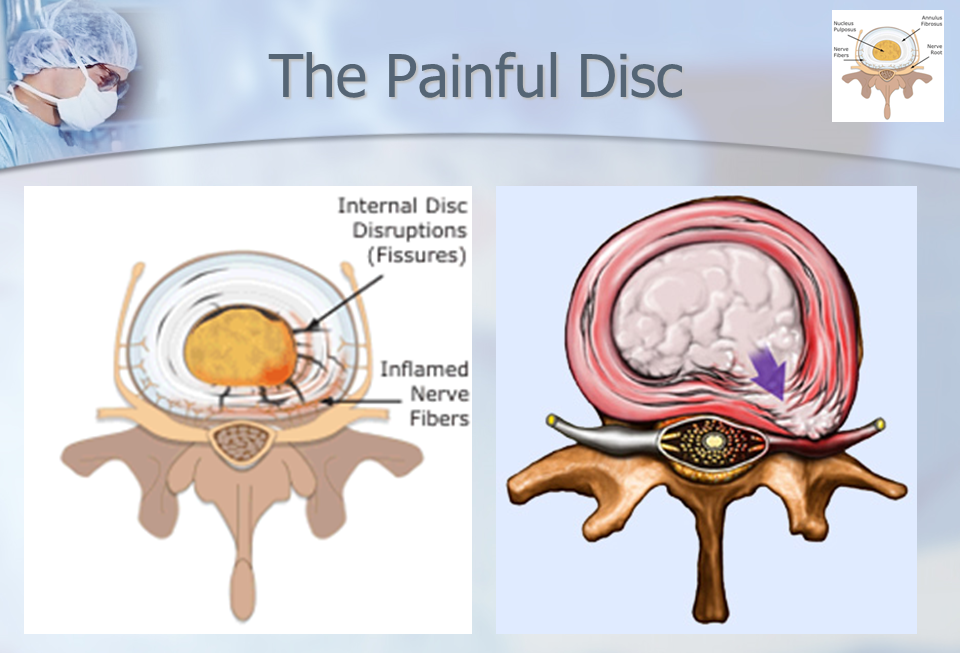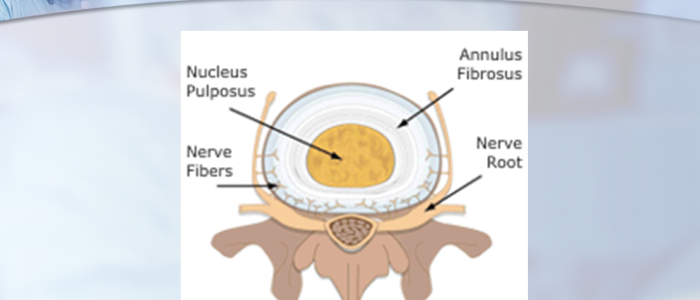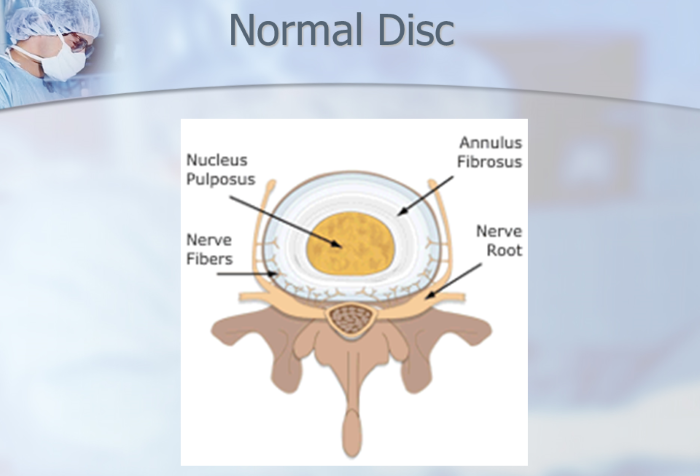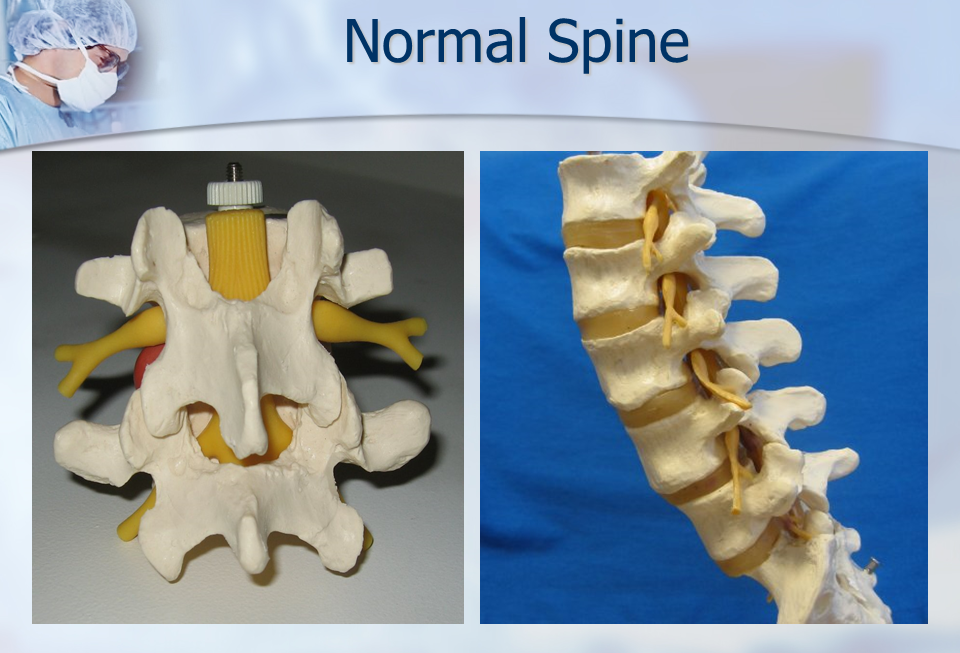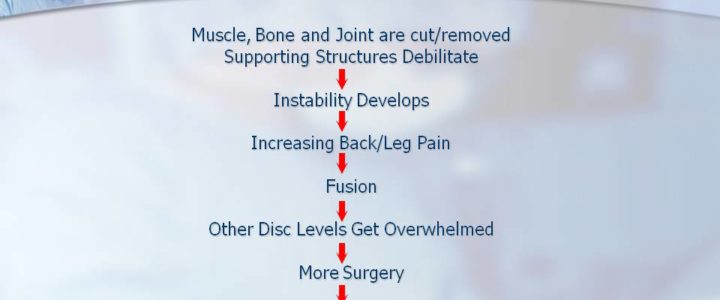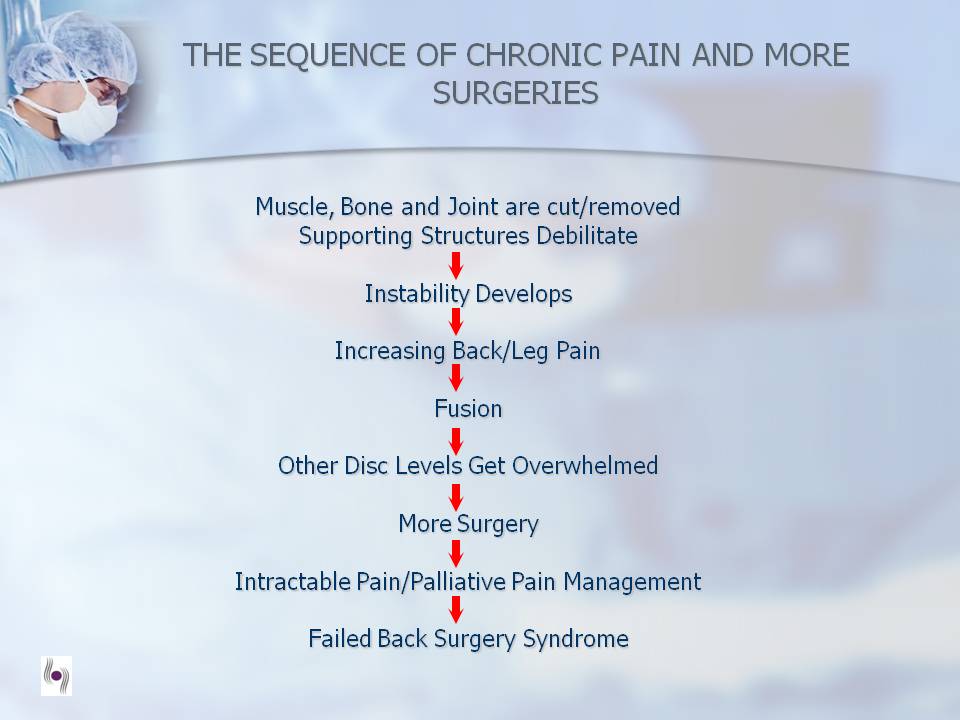In the past decade the term “Minimally Invasive” has become very popular.
It basically means that a particular surgical procedure causes less “invasion” and therefore “damage” to your body THAN another surgical procedure. Please note that the term is comparative in nature. Following this line of reasoning, a surgical procedure that requires an inch incision to treat the problem is minimally invasive compared to a procedure that requires a 3 inch incision.
MINIMALLY INVASIVE SPINE SURGERY IN A SENSE, IS A TERM THAT COMPARES TWO SURGICAL PROCEDURES OF DIFFERENT SIZE AND THEREFORE THE AMOUNT OF INVASION AND DAMAGE THEY CAUSE TO THE NORMAL SPINE
Muscles, bone and joints that surround the spinal units are essential supporting structures of the spine.
CUTTING OR REMOVING THE SUPPORTING STRUCTURES OF THE SPINE MAY CAUSE IRREPARABLE DAMAGE
The term MINIMALLY INVASIVE is being used too liberally and with disregard for the actual anatomical changes a surgical procedure imposes on the normal spine.
NOT ALL MINIMALLY INVASIVE SPINE SURGERIES ARE CREATED EQUAL
WITHOUT A CLEAR DESCRIPTION OF THE TRAUMA TO THE SPINE THE TERM MINIMALLY INVASIVE BECOMES A MISNOMER
A TRULY MINIMALLY INVASIVE PROCEDURE TREATS THE OFFENDING PROBLEM WITHOUT CAUSING ACCESS DAMAGE TO THE NORMAL ANATOMICAL STRUCTURES OF THE SPINE










